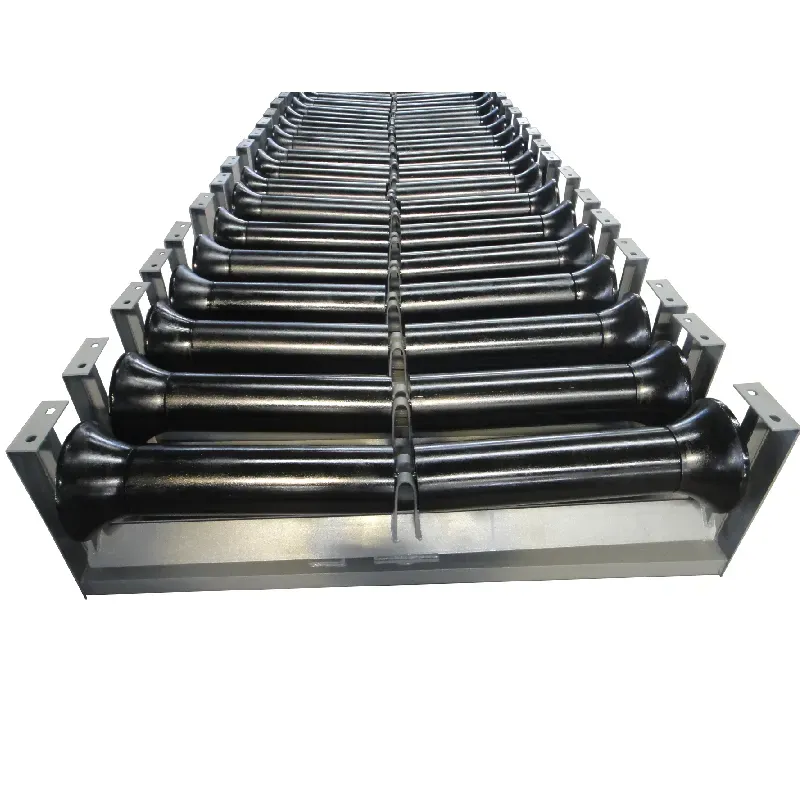 Afrikaans
Afrikaans  Albanian
Albanian  Amharic
Amharic  Arabic
Arabic  Armenian
Armenian  Azerbaijani
Azerbaijani  Basque
Basque  Belarusian
Belarusian  Bengali
Bengali  Bosnian
Bosnian  Bulgarian
Bulgarian  Catalan
Catalan  Cebuano
Cebuano  Corsican
Corsican  Croatian
Croatian  Czech
Czech  Danish
Danish  Dutch
Dutch  English
English  Esperanto
Esperanto  Estonian
Estonian  Finnish
Finnish  French
French  Frisian
Frisian  Galician
Galician  Georgian
Georgian  German
German  Greek
Greek  Gujarati
Gujarati  Haitian Creole
Haitian Creole  hausa
hausa  hawaiian
hawaiian  Hebrew
Hebrew  Hindi
Hindi  Miao
Miao  Hungarian
Hungarian  Icelandic
Icelandic  igbo
igbo  Indonesian
Indonesian  irish
irish  Italian
Italian  Japanese
Japanese  Javanese
Javanese  Kannada
Kannada  kazakh
kazakh  Khmer
Khmer  Rwandese
Rwandese  Korean
Korean  Kurdish
Kurdish  Kyrgyz
Kyrgyz  Lao
Lao  Latin
Latin  Latvian
Latvian  Lithuanian
Lithuanian  Luxembourgish
Luxembourgish  Macedonian
Macedonian  Malgashi
Malgashi  Malay
Malay  Malayalam
Malayalam  Maltese
Maltese  Maori
Maori  Marathi
Marathi  Mongolian
Mongolian  Myanmar
Myanmar  Nepali
Nepali  Norwegian
Norwegian  Norwegian
Norwegian  Occitan
Occitan  Pashto
Pashto  Persian
Persian  Polish
Polish  Portuguese
Portuguese  Punjabi
Punjabi  Romanian
Romanian  Russian
Russian  Samoan
Samoan  Scottish Gaelic
Scottish Gaelic  Serbian
Serbian  Sesotho
Sesotho  Shona
Shona  Sindhi
Sindhi  Sinhala
Sinhala  Slovak
Slovak  Slovenian
Slovenian  Somali
Somali  Spanish
Spanish  Sundanese
Sundanese  Swahili
Swahili  Swedish
Swedish  Tagalog
Tagalog  Tajik
Tajik  Tamil
Tamil  Tatar
Tatar  Telugu
Telugu  Thai
Thai  Turkish
Turkish  Turkmen
Turkmen  Ukrainian
Ukrainian  Urdu
Urdu  Uighur
Uighur  Uzbek
Uzbek  Vietnamese
Vietnamese  Welsh
Welsh  Bantu
Bantu  Yiddish
Yiddish  Yoruba
Yoruba  Zulu
Zulu conveyor head roller
The Importance of Conveyor Head Rollers in Modern Industry
In the realm of modern manufacturing and material handling, conveyor systems play a pivotal role in ensuring efficiency and productivity. One of the critical components of these systems is the conveyor head roller. Often overlooked, this simple yet essential part is integral to the overall functioning of conveyor belts and directly impacts operational efficacy. This article delves into the importance of conveyor head rollers, their functions, designs, and applications across various industries.
Understanding Conveyor Head Rollers
Conveyor head rollers, sometimes referred to as drive rollers, are located at the discharge end of a conveyor system. They serve two primary purposes they help in the propulsion of the conveyor belt and provide tension, thus keeping the system taut and functional. The functionality of these rollers is crucial as they contribute to the seamless movement of materials, ensuring smooth transitions and minimizing delays in transport processes.
Functionality of Head Rollers
The primary function of a conveyor head roller is to drive the conveyor belt. As the roller rotates, it engages with the belt, allowing it to move forward. This mechanism is essential for transporting goods efficiently from one point to another within a facility. Additionally, head rollers help maintain the necessary tension in the conveyor belt. Proper tension is vital for the belt's stability, load-carrying capacity, and overall performance.
Moreover, head rollers often come with features that enhance their performance. Many modern designs include a crowned surface to aid in belt tracking, ensuring that the belt stays aligned and reducing wear and tear. Some head rollers are equipped with rubber coatings or special materials to increase friction and improve grip, especially when transporting heavy or slippery objects.
Design and Materials
The design of conveyor head rollers can vary significantly based on their application. Factors such as diameter, length, and material composition are critical in optimizing performance. Common materials used for constructing head rollers include steel, stainless steel, and aluminum. Each material offers distinctive advantages—steel is known for its strength and durability, while stainless steel is highly resistant to corrosion and is ideal for the food and pharmaceutical industries.
conveyor head roller

The size of the roller is also a crucial aspect. Larger rollers may be necessary for heavy-duty applications, whereas smaller rollers can be suitable for lighter materials. Additionally, custom designs can be employed to meet specific operational requirements, ensuring that the roller is perfectly suited to the application.
Applications Across Industries
Conveyor head rollers find applications across a wide range of industries. In manufacturing, they are used to transport raw materials and finished products along assembly lines, enhancing productivity and operational efficiency. The logistics and distribution sectors rely heavily on conveyor systems with head rollers to facilitate the swift movement of goods, improving turnaround times and reducing labor costs.
In the food processing industry, head rollers are essential in ensuring safe and hygienic transport. They are often designed with specific features to minimize contamination risks and can be easily cleaned. Similarly, the pharmaceutical industry requires head rollers that meet stringent regulatory standards, ensuring that products are handled in a safe and compliant manner.
Moreover, industries such as mining and agriculture utilize heavy-duty conveyors with robust head rollers to handle bulk materials such as ores, grains, and fertilizers. The ability of these rollers to withstand harsh conditions and heavy loads makes them indispensable in such environments.
Conclusion
In conclusion, conveyor head rollers, though they may seem simple, are fundamental to the smooth operation of conveyor systems across various industries. Their ability to drive the conveyor belt, maintain tension, and provide durability is essential for achieving high levels of productivity and efficiency. As industries continue to evolve and seek out more efficient material handling solutions, the importance of high-quality conveyor head rollers will only increase. Investing in robust and well-designed head rollers can lead to significant improvements in operations, reduced maintenance costs, and a more streamlined production process. Understanding and optimizing the performance of these components is crucial for any business that relies on effective conveyance systems.
With the rapid advancements in technology and materials, we can anticipate even more innovative designs in conveyor head rollers, which will undoubtedly enhance their functionality and increase their importance in various industrial applications.
-
Revolutionizing Conveyor Reliability with Advanced Rubber Lagging PulleysNewsJul.22,2025
-
Powering Precision and Durability with Expert Manufacturers of Conveyor ComponentsNewsJul.22,2025
-
Optimizing Conveyor Systems with Advanced Conveyor AccessoriesNewsJul.22,2025
-
Maximize Conveyor Efficiency with Quality Conveyor Idler PulleysNewsJul.22,2025
-
Future-Proof Your Conveyor System with High-Performance Polyurethane RollerNewsJul.22,2025
-
Driving Efficiency Forward with Quality Idlers and RollersNewsJul.22,2025





























